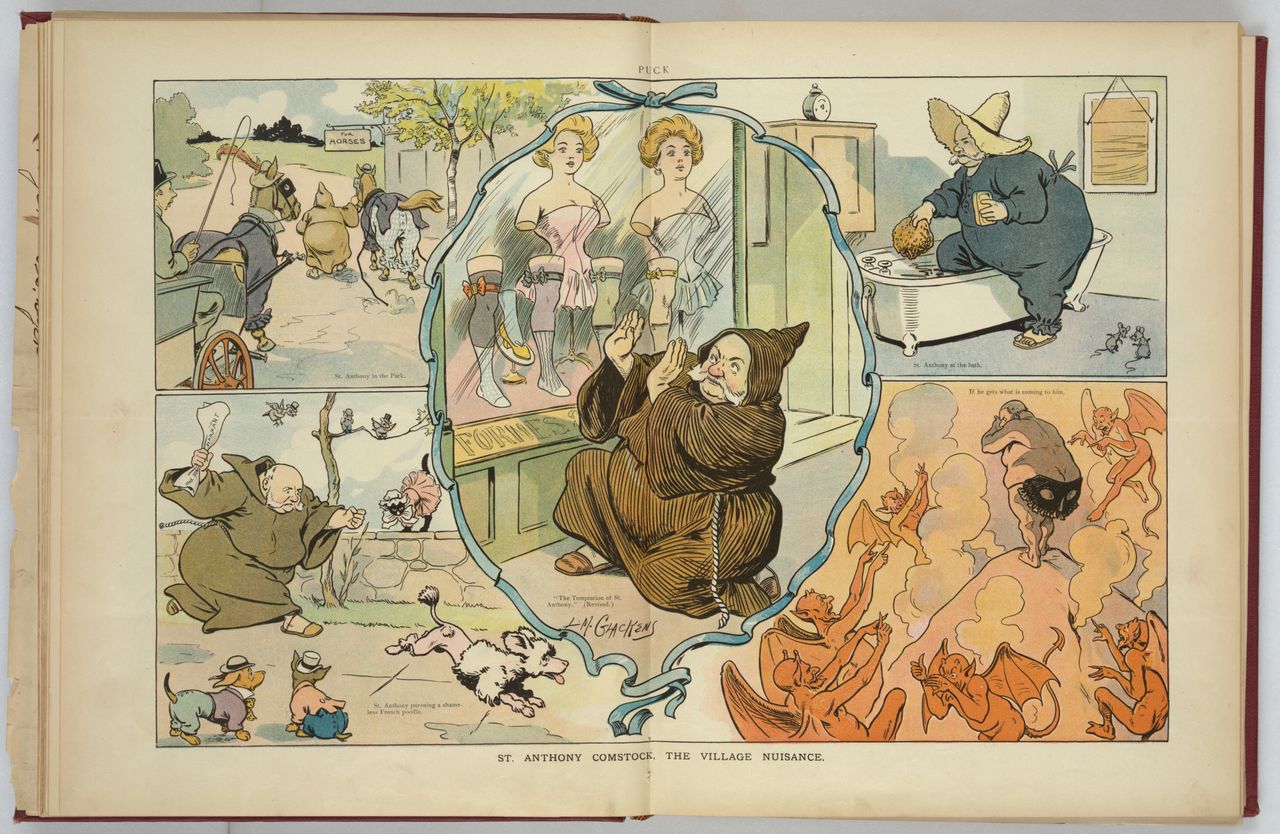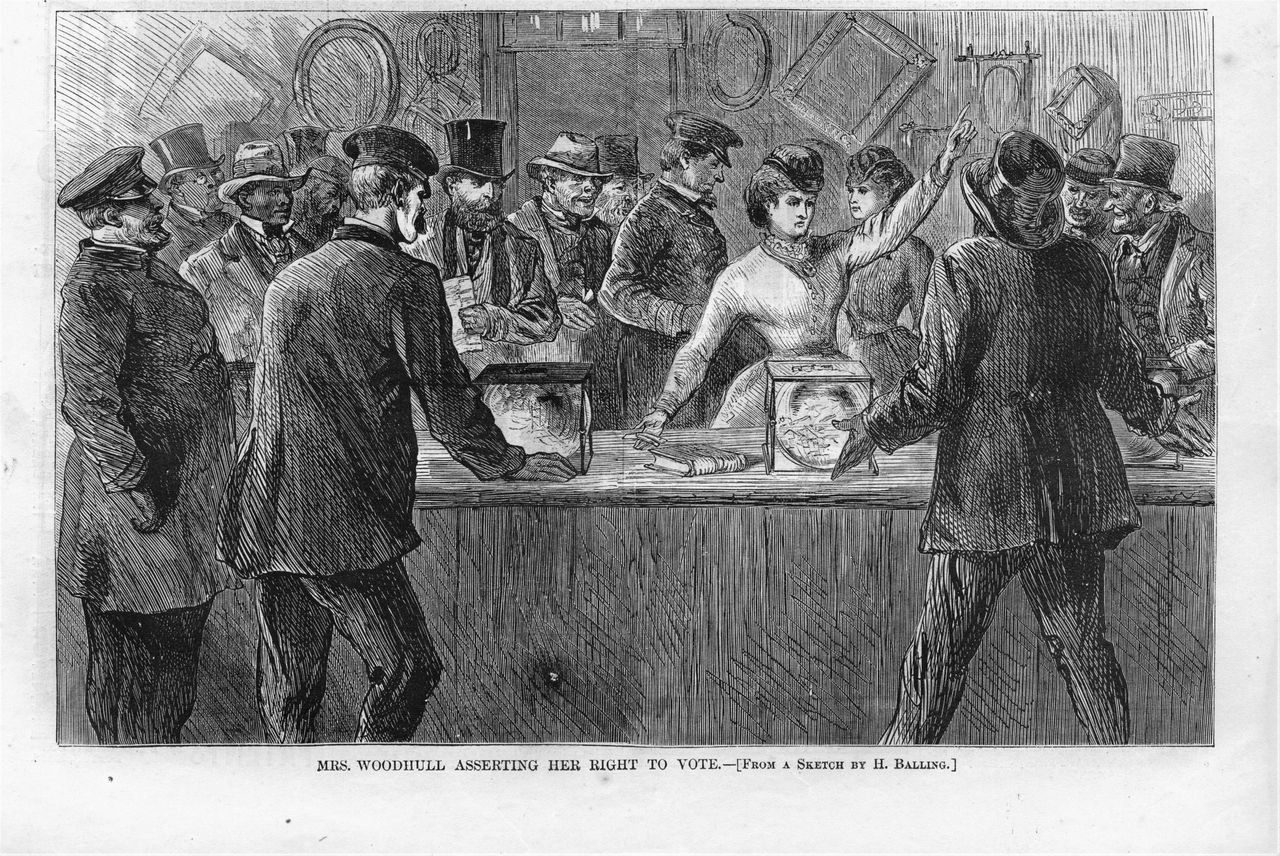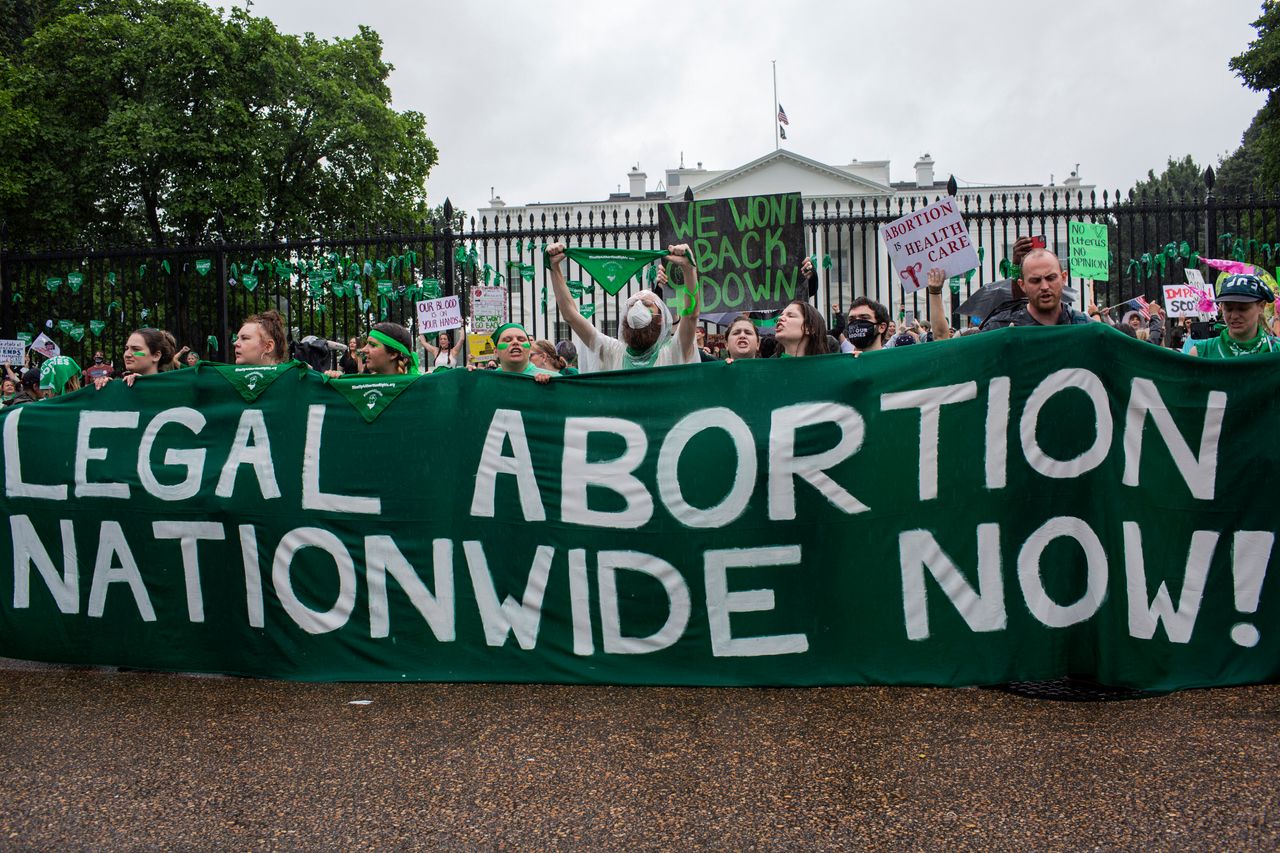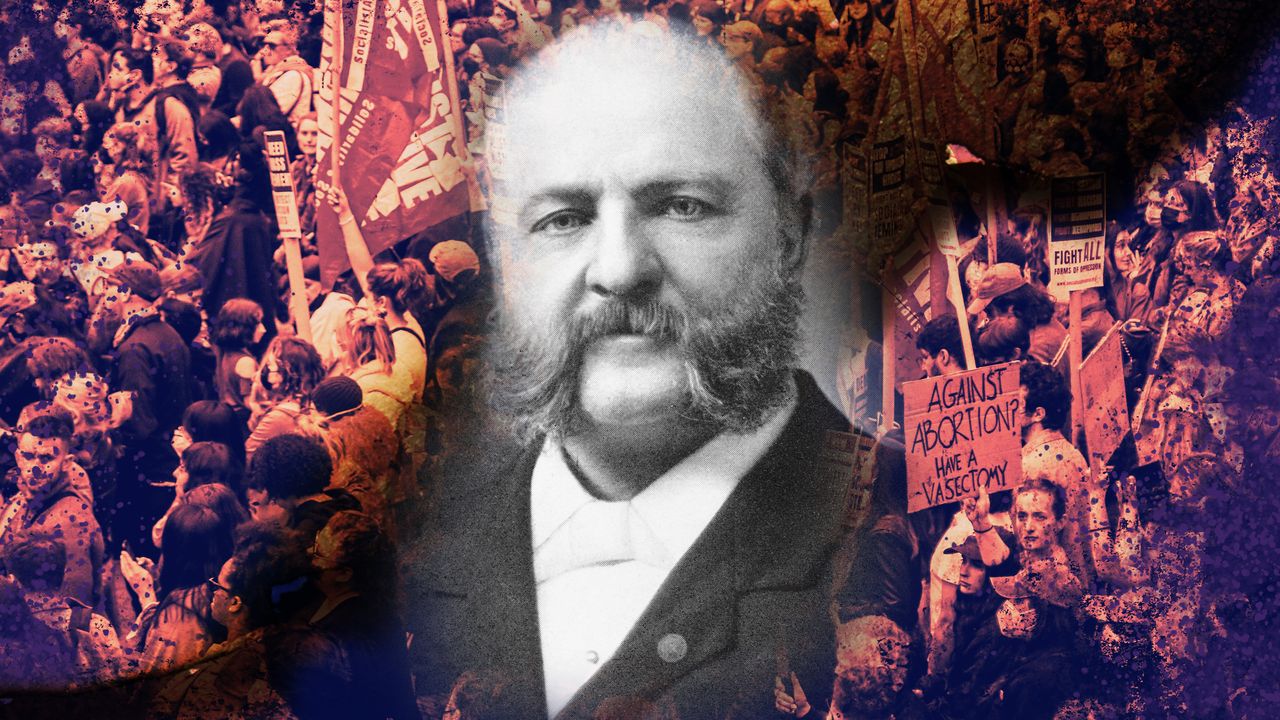In mid-April, a group of evangelical ministers and local New Mexico elected officials stood on the steps of the U.S. Supreme Court to announce a new lawsuit that they hoped would soon be heard by the justices inside.
After neighboring Texas outlawed abortion, a handful of communities in eastern New Mexico enacted ordinances banning the importation or distribution of materials used to perform abortions within their city limits in an attempt to prevent abortion providers from relocating across the state border.
The eastern New Mexico communities justified the ordinances by pointing to a federal law passed in 1873 known as the Comstock Act. The Victorian-era anti-vice and obscenity law made it illegal to use the mail to send anything “obscene, lewd, lascivious, indecent, filthy or vile,” and any device or medication meant for contraception. And it also banned the mailing of “[e]very article or thing designed, adapted, or intended for producing abortion … and [e]very article, instrument, substance, drug, medicine, or thing which is advertised or described in a manner calculated to lead another to use or apply it for producing abortion.”
On the steps of the Supreme Court, the New Mexico local officials argued that the federal Comstock Act overrode an abortion rights law signed by the state’s Democratic governor, Michelle Lujan Grisham, that prevented local governments from enacting ordinances to effectively ban abortion within their bounds.
“Madame Governor, consider yourself Comstocked,” David Gallegos, a Republican New Mexico state senator, said while announcing the lawsuit.
“The sudden resurrection of Comstock not only raises legal questions about a law once presumed dead but also unearths a long-buried history of the nation’s battles over abortion policy.”
Invoking the 150-year-old Comstock Act before the Supreme Court would have been seen as foolish a year ago. The law was considered an anachronism of a forgotten age — a prudish and out-of-touch extinct species, fossilized by court rulings and legislation that had rendered large portions of it moot. It largely existed as subject matter for students to learn about a long-lost era of social and political repression and the movements that led to its demise.
“We’ve been teaching about this for years and implicitly it’s understood by students as ancient history — and rather bizarre, but ancient,” said Leslie Reagan, author of “When Abortion Was A Crime” and a historian at the University of Illinois Urbana-Champaign.
But in June 2022, with its decision in Dobbs v. Jackson Women’s Health Organization, the Supreme Court overturned its precedent in Roe v. Wade that granted the right to an abortion. Suddenly, the Comstock Act and its abortion provisions, never repealed by Congress, came back to life and into the center of the abortion debate.
Republican attorneys general cited Comstock in a Feb. 1 letter to pressure Walgreens and CVS to stop providing abortion drugs to patients. District Judge Matthew Kacsmaryk invoked the act in his April 7 decision pulling the abortion drug mifepristone from the market, which was later blocked in part as the case continues to be appealed. And now the lawsuit out of New Mexico seeks to put the law squarely before the court.
The sudden resurrection of Comstock not only raises legal questions about a law once presumed dead but also unearths a long-buried history of the nation’s battles over abortion policy and the cultural fears that stand behind them.
Anthony Comstock And 19th Century Fears
Anthony Comstock was disgusted by what he saw when he was a Union soldier during the Civil War. But it wasn’t the gruesome reality of war that disgusted him; it was the sexually explicit literature and pictures that his fellow soldiers shared with each other. After the war, he was similarly disgusted upon his move to New York City about the obscenity and prostitution he saw throughout the city.
In New York, Comstock connected with the wealthy donors who had founded the nascent Young Men’s Christian Association to help suppress this vice. For these self-described Anglo-Saxon elites, a great disruption was underway that threatened their view of the family, the role of women and the future of their children. With their money, Comstock would found and lead the New York Society for the Suppression of Vice, the point of the spear for the anti-vice movement.

The upheaval of industrial capitalism promised new opportunities for women and different possibilities for youth. The elites funding Comstock worried that this change could result in the loss of their status in society or the failure of their children to reproduce their social position.
Sexual and gender roles were also in flux. The women’s suffrage movement pushed for political and social equality, including the vote and married women’s control of their own finances and labor. The temperance movement, which was largely women-led, railed against the drunken abuse and marital rape women suffered at the hands of men. Meanwhile, a fringe free love movement aimed to give women control over their bodies, including the power to limit reproduction, by teaching sex education and selling contraceptive products.
To men like Comstock and the elites who funded him, all of this threatened the stability of the home and the family, which served together as enduring symbols for Americans during the 19th century. The world, they believed, was divided into separate spheres, with men to lead at work and in politics while women were meant to be mothers and tend to home and hearth.
“Comstock is playing on these fears of the effects of changing sexuality on the youth,” said Nicola Beisel, a retired sociology professor and author of “Imperiled Innocents: Anthony Comstock and Family Reproduction in Victorian America.”
This belief led Comstock first to Albany, where he pushed for the passage of anti-vice legislation, and then to Washington. Before Congress, he paraded an array of “rubber devices” — condoms and sex toys — that he had seized from stores and mail vendors.
Aghast, Congress enacted a sweeping anti-vice law that banned obscene material from the mail, but also information or materials that could be used for, or to educate about, contraception and abortion. This law came to be known as the Comstock Act.
What stood out about it is how it linked obscenity and pornography with contraception and abortion.
“It’s very telling,” Reagan said. And key to this connection were the anxieties about cultural change and the disruption of the family that undergirded it all.
‘Upon Their Loins Depends The Future Destiny Of The Nation’
Despite what Justice Samuel Alito thinks, abortion wasn’t always illegal or necessarily frowned upon. In most states, abortion was legal up until “quickening,” when a woman could feel the fetus move, usually around four or five months. Prior to quickening, women were free to use their knowledge of their own bodies to maintain or end a pregnancy. Midwives and other female medical practitioners often served as abortion providers, with recipes to bring on menstruation.
In the decades leading up to the passage of the Comstock Act, male physicians waged a crusade to make abortion illegal. This was, in part, a way to consolidate their profession and drive out the women who were taking business from them by providing reproductive care that sometimes included abortions. It was also driven by elite anxieties about race and changing gender norms for women that they believed threatened both the family and the nation.
Abortion came to the fore because middle- and upper-class families, particularly those of Anglo-Saxon descent — the only ethnic group considered “white” at the time — saw decreasing birth rates in the middle of the 19th century. This decline in birth rates signaled an increasing use of abortion or other contraceptive techniques.
This trend threatened the family, contemporaneous physicians like Dr. Horatio Storer argued, because a woman’s role in life was, in their minds, entirely tied to her biological ability to reproduce. A woman, Storer explained, was “what she is in health, in character, in her charms, alike of body, mind and soul because of her womb alone.”
“Were woman intended as a mere plaything, or for the gratification of her own or her husband’s desires, there would have been need for her of neither uterus nor ovaries, nor would the prevention of their being used for their clearly legitimate purpose have been attended by such tremendous penalties as is in reality the case,” Storer wrote.
“The mid-19th century and now are moments of major change in terms of gender and gender roles.”
- Leslie Reagan, author of "When Abortion Was A Crime"
“The physicians were arguing that women’s biology determined everything about their position and social role,” Beisel said. “If you try to stop conception or thwart conception you are going to violate and morally harm women. If they have an abortion it will destroy their character and soul because they messed with mother nature.”
In addition to threatening the family, women, specifically middle- and upper-class Anglo-Saxon women, threatened the American nation by undertaking abortions to reduce their family size.
In a familiar tune, Storer lamented that it seemed that immigrant women of the time were having more children than were native-born American women. “[I]t has been found of late years that the increase of the population, or the excess of the births over the deaths, has been wholly of those of recent foreign origin,” Storer wrote in 1867.
Much like individual wealthy families feared for their children’s ability to reproduce the social position they were born into, Storer worried that Anglo-Saxons would lose their status at the top of American society due to their decreasing birth rate and the higher birth rate among immigrants like the Irish. It was women’s biological and patriotic duty to stop this great replacement.
Storer asked whether the unpopulated frontier areas in the West and South were to “be filled by our own children or by those of aliens?”
“This is a question that our own women must answer; upon their loins depends the future destiny of the nation,” he wrote.
This physicians’ crusade succeeded in increasing bans on abortion across the country and driving women out of the field of obstetrics. That didn’t mean that abortion ceased to be performed, but rather that it was driven further out of sight, making it oftentimes more dangerous.
A salacious 1871 expose in The New York Times sought to shine a light on abortion providers in the city. Not long afterward, a woman’s decomposing body was found in a trunk that was then connected to a doctor who the Times reported performed abortions. An uproar ensued. The scandal raised the abortion issue to local and national prominence and helped lead to the inclusion of abortion in the Comstock Act.

Attacks On Women’s Freedom
After the law’s enactment, Comstock used it to target women and men who promoted different social and political roles for women and alternative relationships within and outside of marriage for both men and women.
As Amy Sohn details in her book about Comstock and the people he prosecuted, “The Man Who Hated Women,” he went after Victoria Woodhull, a Wall Street entrepreneur, free love advocate and the first woman to run for president, for exposing the affair of preacher Henry Ward Beecher. He prosecuted Madame Restell, New York’s most famous abortion provider, which ended when she killed herself rather than be sent to prison. He hounded and jailed the free love activist Ezra Heywood for publishing tracts that questioned the traditional social roles of men and women. Near the end of his life in the early 20th century, Comstock targeted anarchist Emma Goldman and contraceptive activist Margaret Sanger.
At the heart of all these prosecutions, whether targeting men or women, was the same impulse that led to the criminalization of abortion and the passage of the Comstock Act: the desire to control and limit women’s lives in order to protect the traditional family structure and ensure the preservation of both individual family social status and the racial composition of the nation.
“These were elite movements,” said Tamara Kay, an abortion rights expert and professor at the University of Notre Dame who has written with Beisel about the physicians’ crusade. “And it was about controlling women, as abortion is about in general.”
By targeting the fringe free love and anarchist movements, which held “as close as you come to a pro-reproductive rights feminist position,” at the time, according to Beisel, Comstock aimed to shut down any talk that taught women to control their reproductive decisions. Some states went so far as to ban the transmission of materials that even promoted the withdrawal method of contraception.
“This is an effort really by Christian organizations — white Yankee groups — to suppress that discussion and make it illegal and censor and ban it,” Reagan said.
They ultimately failed, but the anti-abortion movement that sprang up in the 1970s after Roe v. Wade and powered the conservative judicial movement to overturn Roe a year ago gets its power from the same sentiments as the movement that led to the Comstock Act.
“The movements against abortion are movements against women’s freedom and women’s place in the world,” Kay said.
The More Things Change…

The resurrection of the Comstock Act shows the direct connection between 19th-century history and the threats to women’s freedom today.
“The mid-19th century and now are moments of major change in terms of gender and gender roles,” Reagan said.
Birth rates are at a record low, particularly among the educated elite. Conservatives who once bemoaned that young people were having too much sex now worry they aren’t having enough.
Just like with the 19th-century physician’s crusade, high rates of immigration have led the political right from Pat Buchanan to Tucker Carlson to worry that white Americans are being replaced by non-white foreigners. And just like the efforts by 19th-century suffragists, feminists and temperance activists to criticize male sexual behavior, the Me Too movement raised similar concerns.
Marriage rates continue to fall, while new forms of partnership have been legalized, like same-sex marriage, or legitimized, like cohabitation.
There are also great upheavals in the economic and political arenas. Women outpace men in graduating from colleges and universities. Fewer married households than ever have a male breadwinner. In politics, we’ve seen the first woman to run for president on a major party ticket (and win the popular vote) and the first woman to become vice president.
What is different is that in the 19th century, only the fringe free love movement directly challenged Comstock and the anti-abortion movement. But 150 years later, the feminist movements that have followed the suffragists and the free lovers have political power to demand women’s freedom and equal relations between the sexes. And these movements have become increasingly unapologetic following the Dobbs decision.
“What’s different is we have very strong social movements where people can talk about reproductive control and talk about sexual freedom and talk about human rights to define your own sexuality and behavior,” Reagan said. “That is much stronger than in the 19th century.”
“They’ve lost in terms of the discourse. They’ve lost in terms of public opinion. But ... they’ve won in terms of how these decisions get made in the courts.”
- Tamara Kay, abortion rights expert and professor at the University of Notre Dame
On the other side, another picture is coming into view a year after the Supreme Court’s conservatives ended abortion rights in the country. Polls consistently show at least 60% of the public is opposed to the court’s decision in Dobbs. The issue powered Democrats to victories in key states during the 2022 midterm elections, and it remains an albatross around the necks of Republicans.
“This is a losing fight,” Kay said. “I think a lot of what’s happening is a last gasp by these conservative movements.”
Without public support, these movements have retrenched to the judiciary, the least democratic of the three branches of government — and one that has been steadily shifting rightward in recent decades, thanks to the long-game efforts of the conservative movement.
“They’ve lost in terms of the discourse. They’ve lost in terms of public opinion. But because they were very smart and strategic and for 50 years have been putting all this in place, they’ve won in terms of how these decisions get made in the courts,” Kay said.
The courts will now decide what comes next for the resurrected Comstock Act. Conservative jurists like Kacsmaryk have already shown their hands in terms of this Victorian-era history. The Supreme Court will need to do the same soon enough, whether in the mifepristone case or the one beginning in New Mexico. In the meantime, those who’ve studied this history and thought it was long-buried remain stunned.
“I think I wrote the first book on Comstock in 50 years,” Beisel said. “Honestly it was easier for me to think about Comstock because a) he was dead and b) he was anachronistic. If you have that attitude about something it gives you all kinds of emotional distance. And the reason I didn’t write about abortion is because I knew I had no emotional distance on the current abortion movement. But the 19th century, that I can get some distance on. That it’s back amazes me.”
CORRECTION: This article initially named Lyman Beecher when referencing his son, Henry Ward Beecher. It also incorrectly identified Victoria Woodhull as Virginia Woodhull.
